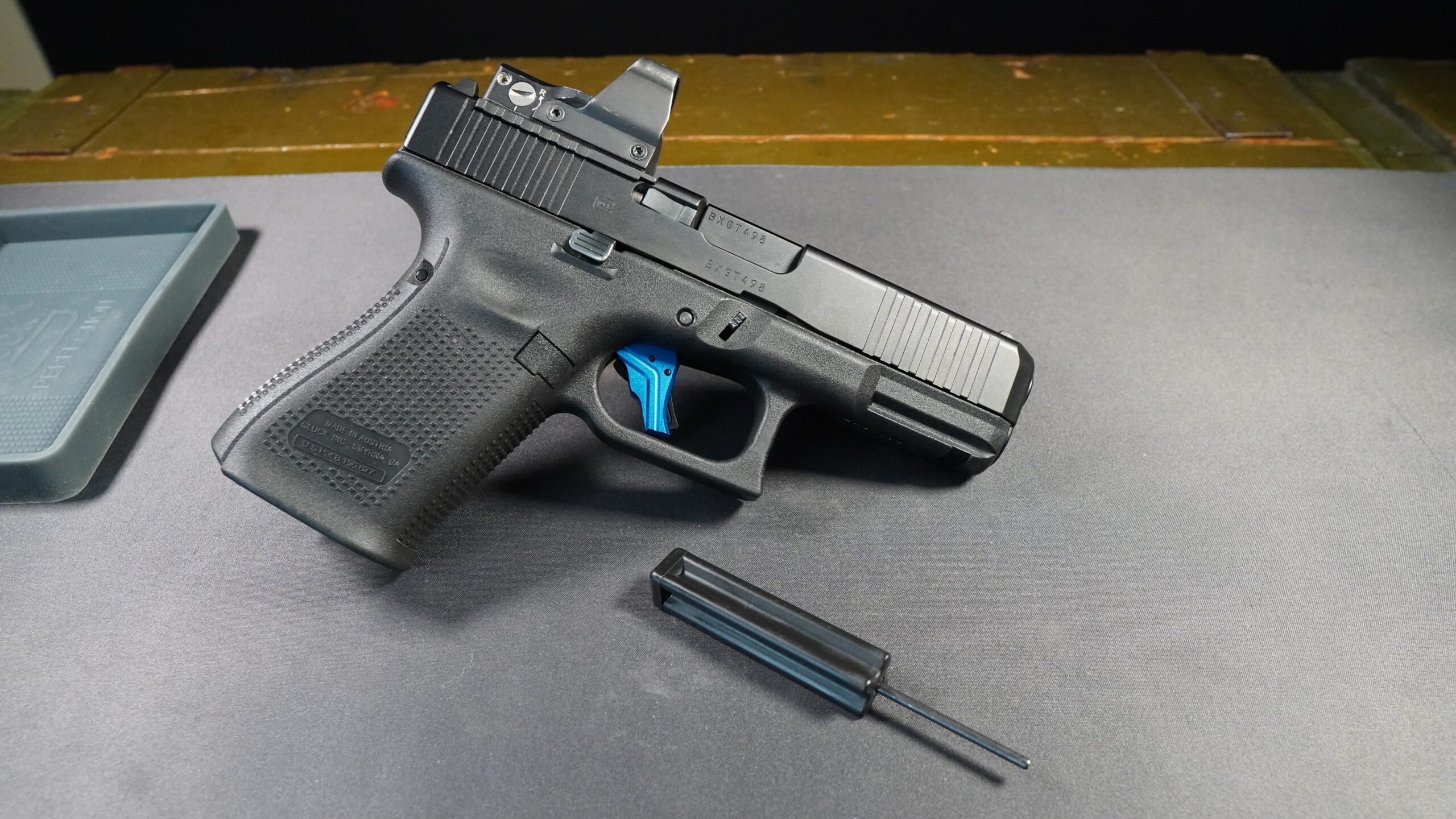Your optics play a crucial element in your ability to achieve the best results, no matter whether you’re a professional or an amateur. A thorough understanding of the components can help you ensure that your optic performs at its peak with every shot.

Optic parts: Understanding their importance in shooting sports
A reliable firearm is necessary when shooting sports are shooting in competition, hunting, or for casual plinking at the range. One component that is often ignored but is a major factor in accuracy and precision is optics parts. Optic parts, also known as sights, are put on firearms to aid shooters to achieve greater accuracy and efficiency. This article will explain the significance and advantages of optic parts, as well as how they can improve your shooting skills.
What are Optic Parts?
Optic parts are equipped to help shooters aim their firearms more accurately. They are available in a variety of shapes that include iron sights, red dot sights, holographic sights, as well as magnified scopes. Each part of the optic comes with distinct benefits and characteristics. The kind of optic you choose is based on what your shooting needs are as well as your personal preferences.
Iron sights are the most basic type and most commonly found on conventional firearms. The sights consist of a front and rear sighting post. The shooter is able to align them so that they are pointed at the desired target. A tiny LED is utilized to produce the red dot sight. The reticle appears on the lens as a dot. These sights are renowned for their speedy target acquisition as well as their ease of use. Holographic sights use lasers to produce a reticle that appears as a hologram, and they’re frequently used in tactical and military applications. Furthermore, magnified scopes utilize lenses to magnify the target, making it easier to accurately aim over large distances.
Why Are Optic Parts important?
Optic components are essential because they allow shooters to achieve greater accuracy and efficiency. Optic parts are able to help shooters improve their aim, particularly when shooting at longer distances. Optic components speed up target acquisition which makes it easier for shooters to aim faster and with greater accuracy. Optic parts are also useful for hunting and tactical situations.
The Right Optic Parts
It is vital to choose the ideal optic parts that will enhance your shooting abilities. There are many things to take into account when selecting an optic part, including your shooting requirements, budget, and the type of firearm. Additionally, you should consider the magnification and reticle type.
Magnification refers to the zoom an optic component gives. Magnified scopes are typically used for long-range shooting due to the fact that they permit shooters to precisely shoot targets from hundreds of miles away. Magnified scopes aren’t suitable for shooting close-range. Shooters who are tactical love red dots and holographic sights because of their ability to rapidly acquire targets and shoot close range.
It is crucial to take into account the type of reticle you want to use when choosing an optic component. Different types of reticles may be utilized for various shooting conditions. For example, a simple crosshair reticle is ideal for target shooting, while a BDC (bullet drop compensating) reticle is suitable for long-range shooting.
Maintaining your Optic Pieces
After you’ve picked your optic parts it’s crucial to maintain them in a timely manner. Regular maintenance will ensure that the optics remain in good condition and reliable for years to come. Simple maintenance tasks include cleaning your lenses, examining the zero and taking care to properly store your optic parts when not in use.
For clear and accurate photos, cleaning the lens is necessary. It is possible to clean your lenses using microfiber cloths or a lens cleaner. Avoid using paper towels because they could scratch the lenses.
You can examine the zero position of your optic parts to ensure that they remain in alignment. Recall that over time, the alignment of your optic parts may be distorted due to recoil and other elements. You can determine the correctness of the zero by taking a handful of shots at the target. Then, adjust the optic components as needed.
For more information, click Rifle Parts & Accessories